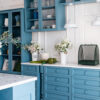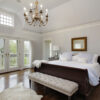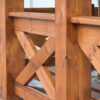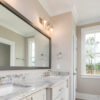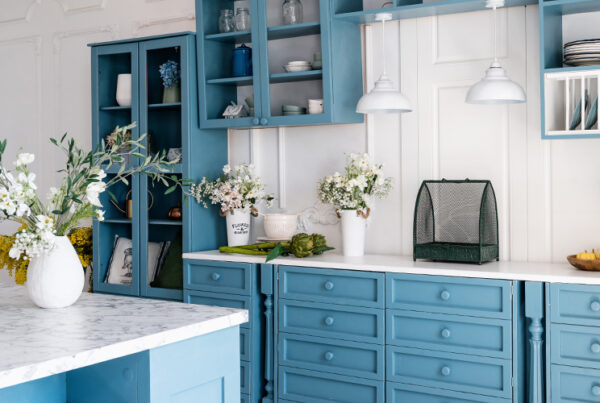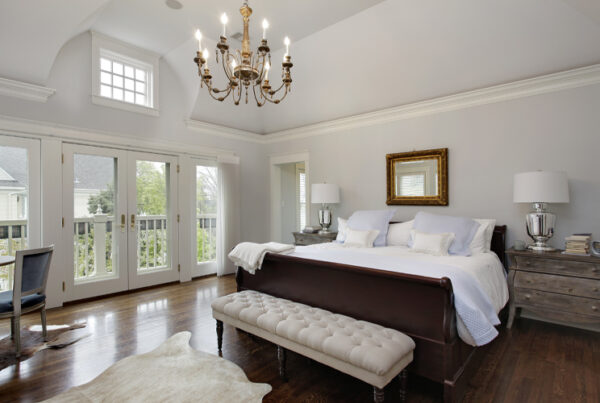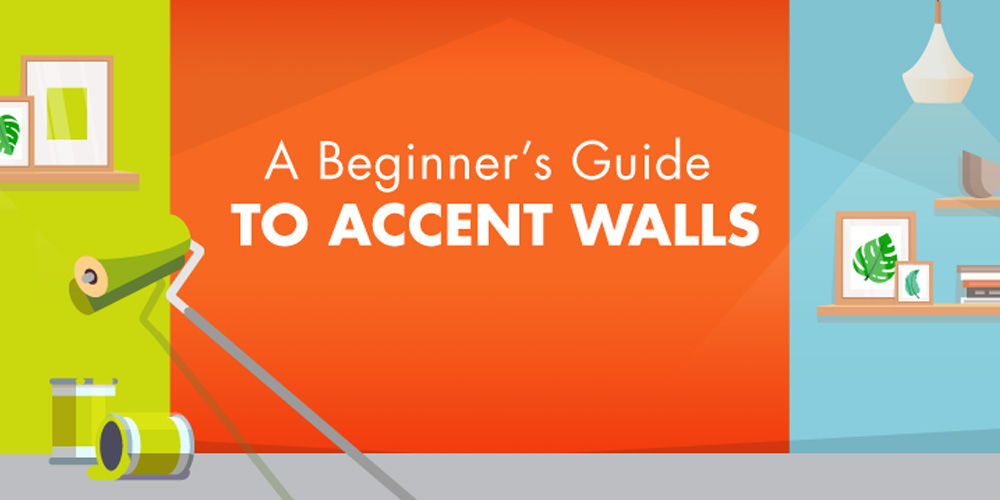
It’s that time of year: spring cleaning! As you’re asking yourself which items spark joy for you, give some thought to your walls. Clearing away clutter can provide the opportunity to enjoy the architecture of your space, and an accent wall is a great way to enhance it.
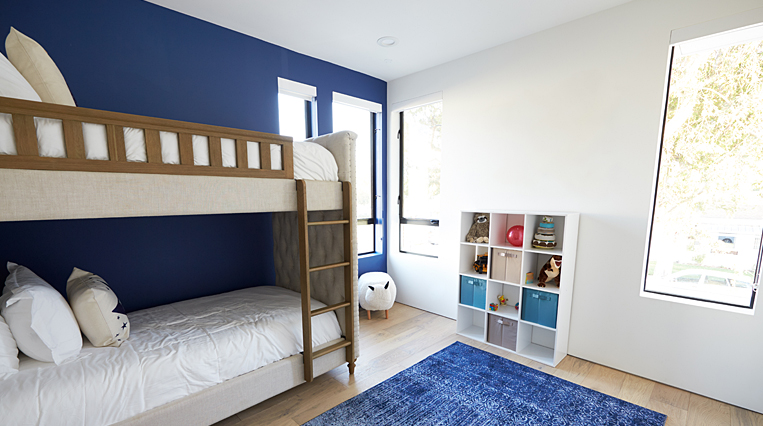
1. PICKING A WALL
There is no one right type of wall for an accent wall—it just depends on what you want the accent wall to do for the space.
Some ideas to get you started:
Bedrooms: Walls behind beds are a popular option—an accent wall here can give a glamorous headboard effect, or show off a headboard you already have.
Built-in Shelves: An accent wall doesn’t necessarily need to be flat—punching up a wall of built-ins with some color can make your items on display pop in a chic, professional-looking way.
Narrow Walls: Painting a small wall at the end of a narrow room can open up the space and give a sense of symmetry—an excellent solution for tight kitchens and bathrooms.
Your Family’s Gallery Space: Collections of framed photos look especially high-end on a rich, complimentary color—white frames pop on crimsons, while black frames are warmed up by ochres.
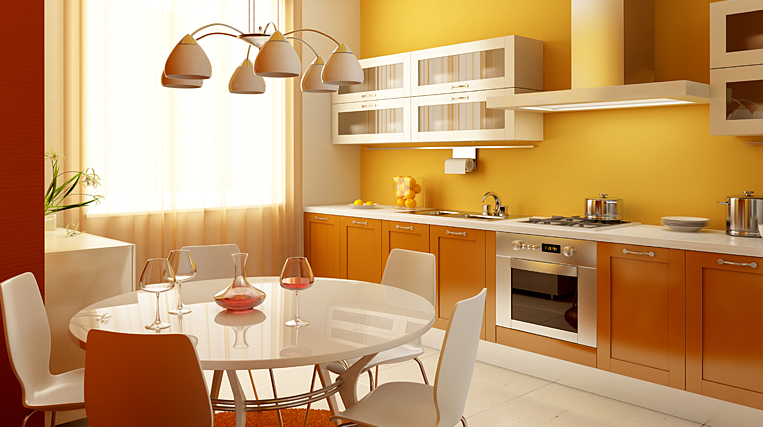
2. PICKING A COLOR
If you’ve already furnished the space, you probably have some ideas about the potential color of your accent wall. The trick is to compliment, not match. Pick a color that will contrast nicely with your furniture—balancing cool and warm tones is always a great way to go. Or, find a detail in your patterned curtains or tile to inspire you.
Other tips to consider:
Warm colors tend to visually bring walls in, so they’re perfect for making open spaces feel cozier. Cooler tones, on the other hand, visually push walls back. This is especially true for more saturated cool tones, like deep blues and burgundies, which can add beautiful depth to smaller rooms.
Bright colors —a zingy citrus or pink—can energize a game room or hallway. Yellows and reds are known to trigger hunger—perfect for freshening up a kitchen.
Softer tones like sea foams and cool grays can create a soothing ambiance for bedrooms and bathrooms.
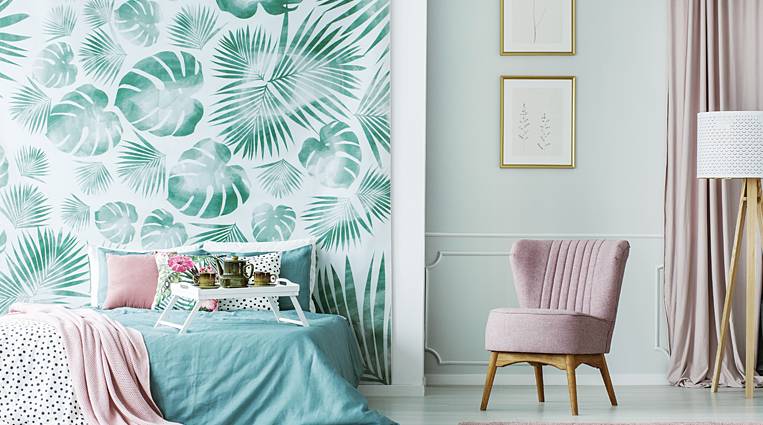
3. TO PATTERN, OR NOT TO PATTERN
The option of adding a pattern to your accent wall opens up even more possibilities. Before you jump into an online search, here are a few starting points:
Tone-on-tone: Not all patterns have to complicate your color scheme. The tone-on-tone look is timelessly chic, and a great way to mix patterns with curtains or furniture without the result looking chaotic.
Stripes: Horizontal stripes lengthen a wall, while vertical stripes add height. But that’s only the first thing to consider with stripes. Stripes can be uniform, or varied to give a more textured look. Thicker stripes can have an expansive visual effect, while narrow stripes can add interest and depth.
Geometrics: Geometric patterns can add a modern edge or retro flare, depending on the pattern. For narrow lines or especially intricate patterns, you may want to consider wallpaper, but for thicker geometrics, a professional paint job can allow you to fully customize your color scheme.
Organics: For organic patterns, like florals, wallpaper is the way to go. Consider going bold: when looking at a sample square, big or bright patterns may seem like a bit too much, but when applied over a large space, their impact is softened. Patterned wallpaper is having a major revival this year, and it’s no wonder: bold patterns can streamline your decision-making as you furnish a room, and the result can be a professional-looking aesthetic.
Whether you just want to open up a room or add some major wow-factor, a well-done accent wall is an easy way to make a big difference. The sky’s the limit, so don’t be afraid to get creative!


